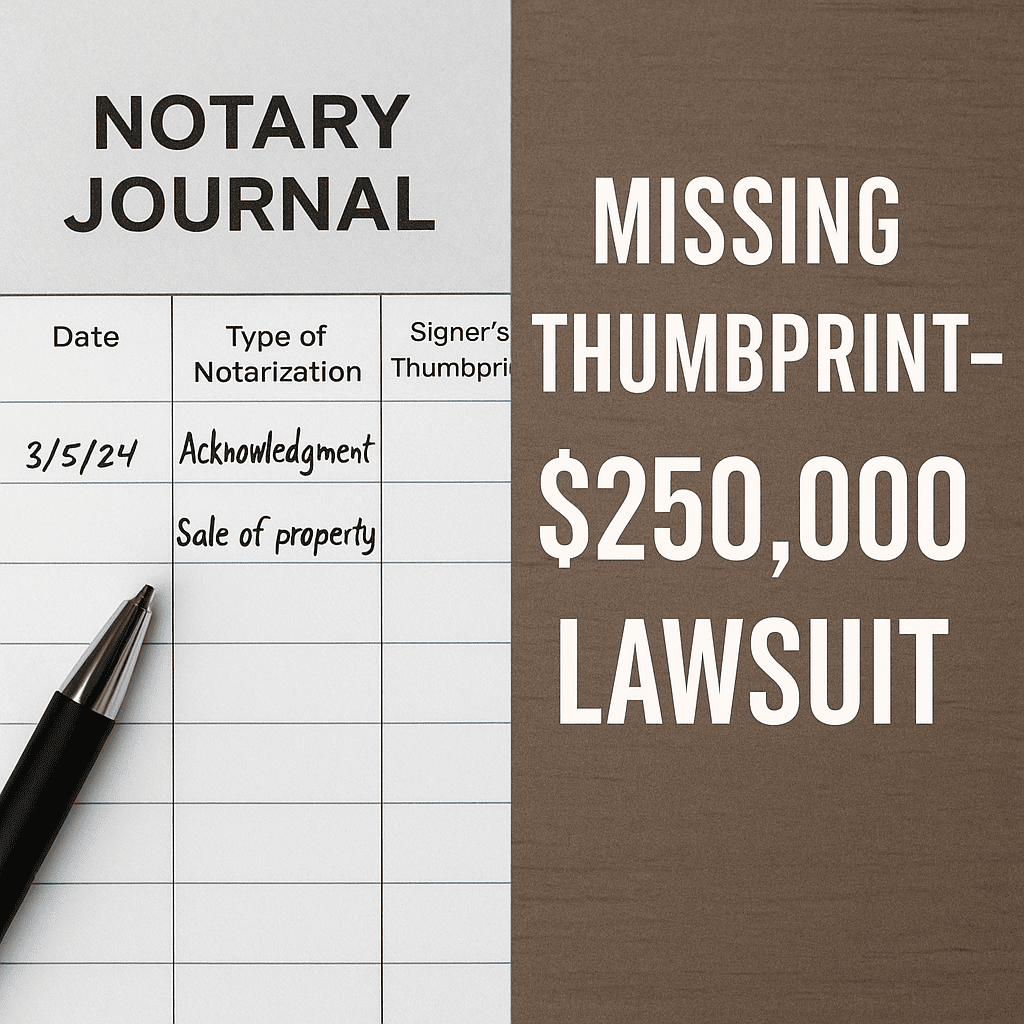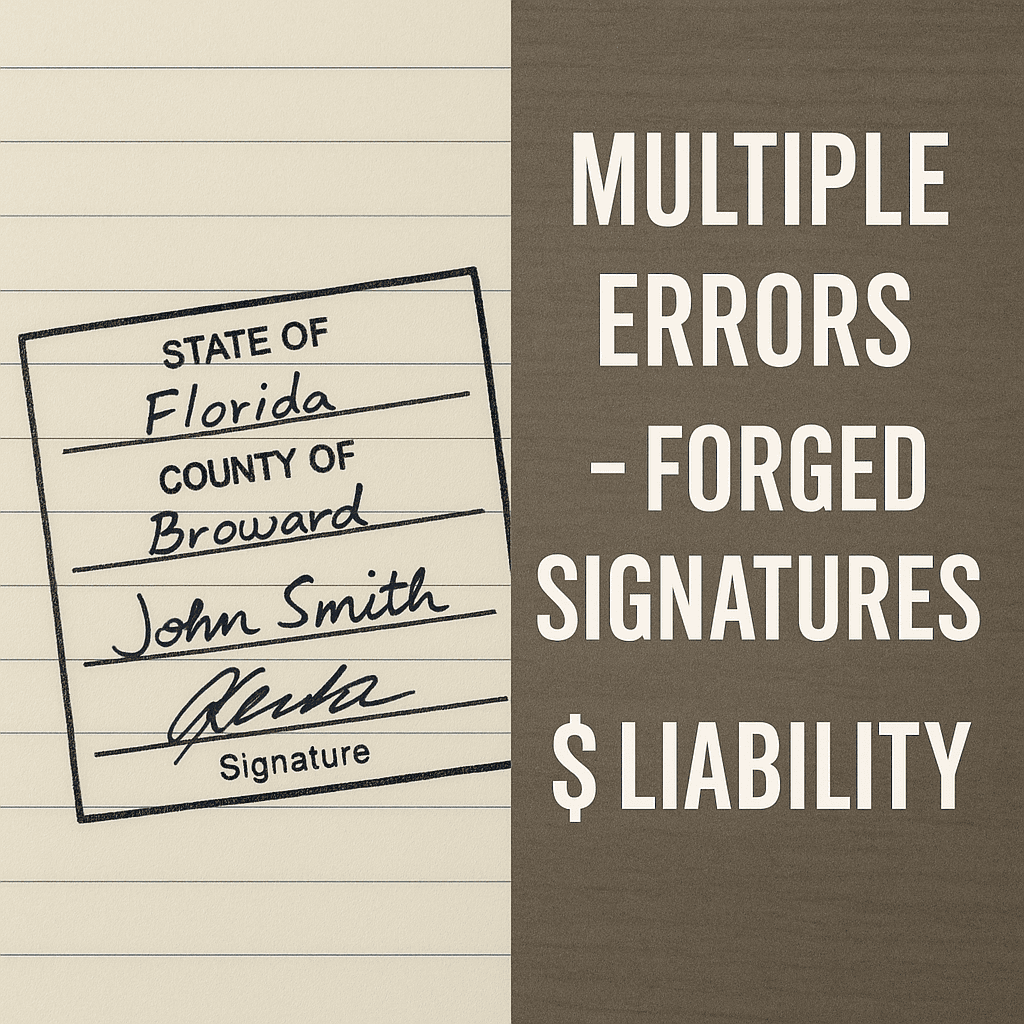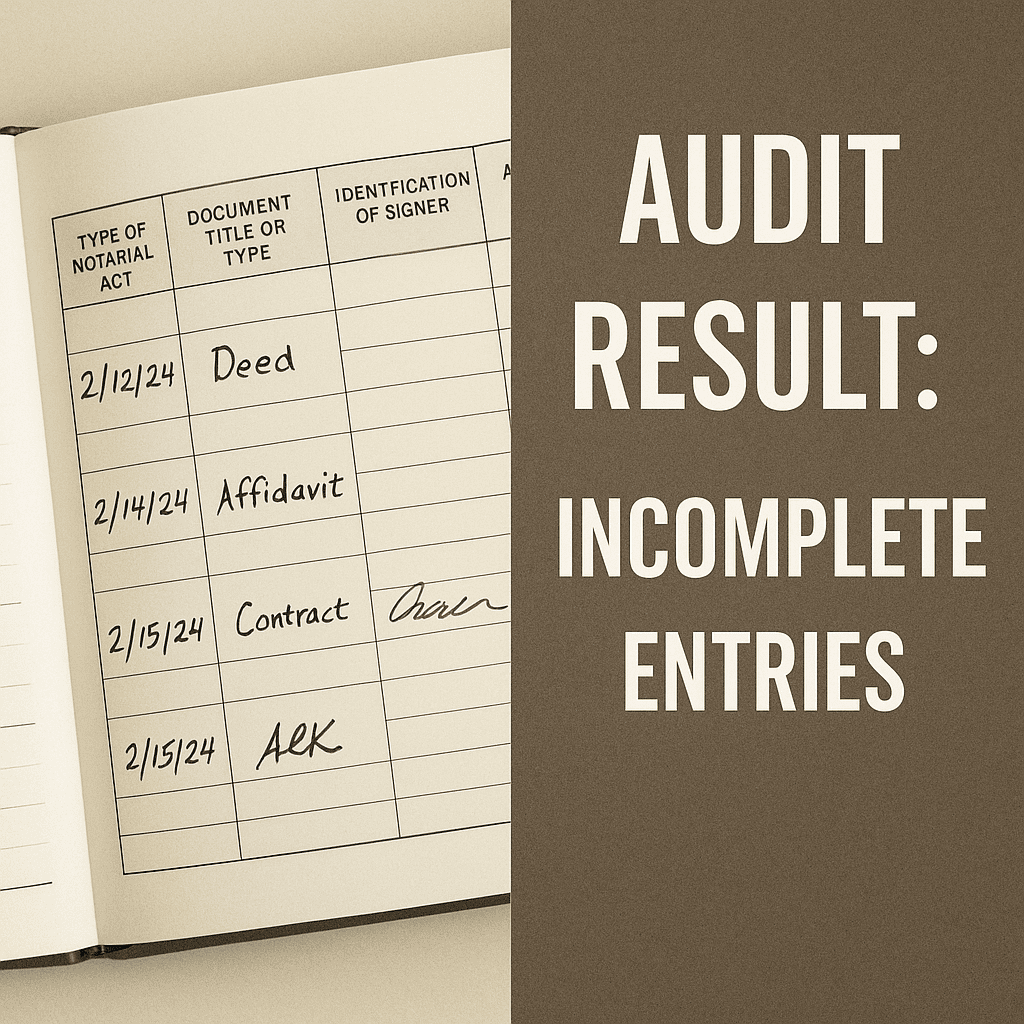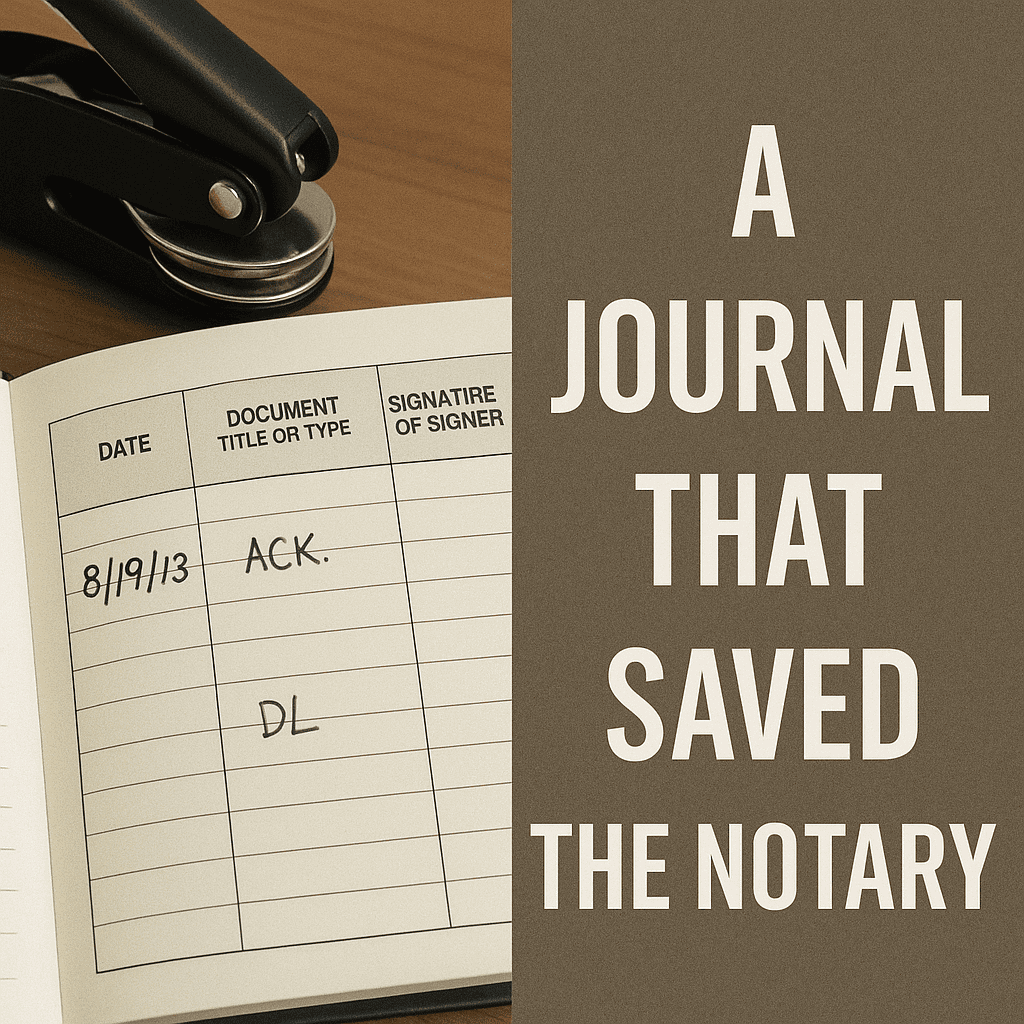Notary Journals: Why Every Notary Should Keep One (Even If It’s Not Required)
Introduction: More Than Just a Book of Notes
Some notaries view journals as optional. But what if your career, reputation, or even your personal finances depended on keeping one? While not every state requires a notary journal, experienced professionals know it’s the single most important safeguard in their toolkit.
In this article, we’ll explore why journals matter, highlight real court cases where journals were the deciding factor, and share best practices to protect yourself and your clients.
What Is a Notary Journal?
A notary journal is a chronological record of every notarization you perform. Each entry captures details such as the date, type of notarization, document description, signer’s identification, and signature.
Journals come in two main forms:
Physical bound journals – traditional, handwritten, and widely accepted in court.
Electronic journals – encrypted and timestamped, required in many states for Remote Online Notarization (RON).
Is It Required by Law?
Some states (like CA and TX): Keeping a journal is mandatory.
Others (like FL, MI, and NY): Journals are not always required, but they’re still highly recommended.
Even if your state doesn’t mandate it, skipping the journal could expose you to liability in disputes, audits, or lawsuits.
Why Keeping a Journal Matters
✅ Proof of Service – verifies that you properly performed the notarization.
✅ Fraud Prevention – deters document tampering or misuse.
✅ Legal Backup – provides credible evidence in disputes or litigation.
✅ Professionalism – shows clients you take your responsibilities seriously.
Real Court Cases: When the Journal Made the Difference

Case 1: The Missing Thumbprint – $250,000 Lawsuit
A notary failed to include a required thumbprint in their journal. The signer was later revealed to be an impostor, and the notary was sued for $250,000. The case was settled, but the notary’s errors & omissions (E&O) insurance was exhausted in covering the claim.
👉 Lesson: Even small omissions can have enormous consequences.

Case 2: Multiple Mistakes, Massive Liability
In a deed of trust notarization, the notary:
Relied on a single identifying witness without personally knowing them, and
Failed to collect thumbprints.
A handwriting expert determined the signatures were likely forgeries. Again, the notary had to depend on E&O coverage.
👉 Lesson: Proper ID verification and complete journal entries are non-negotiable.

Case 3: Audit Finds Incomplete Entries
A Florida county audit of notary journals (2022–2024) revealed that three notaries had 24% incomplete entries—missing signer information and other details. While not a court case, the audit flagged these omissions as significant liability risks.
👉 Lesson: Even routine audits can uncover vulnerabilities that might turn into lawsuits.

Case 4: A Journal That Saved the Notary
In Florida, a notary was questioned about notarizations performed over a decade earlier. Fortunately, she had retained her journals, which clearly showed that she followed proper procedure. This record kept her from being implicated in fraudulent re-notarizations by another notary.
👉 Lesson: Journals can protect you years later—even when your state doesn’t require them.
Best Practices for Notary Journals
Always record the date, type of act, and document type.
Include signer identification details and have them sign the journal.
Never leave blank lines (draw a line through unused space).
Store journals securely—locked cabinet for paper, encrypted storage for digital.
For RON, use a state-approved eJournal system.
The Future of Notary Journals
As Remote Online Notarization expands, more states are requiring secure electronic journals. These provide built-in protections like timestamps, encryption, and easier retrieval if challenged in court.
But whether paper or digital, the principle remains the same: your journal is your best line of defense.
Conclusion: Your Seal Deserves Protection
Notaries do more than witness signatures—they safeguard trust, prevent fraud, and protect legal rights. A notary journal is the record that proves you did your job correctly.
So, do you really need one?
Yes—because the only thing riskier than keeping a journal is not keeping one.
👉 Looking to strengthen your notary skills and compliance? Join our upcoming trainings at www.thenotaryeducationgrp.com or book professional notary services at www.belisenotary.com

